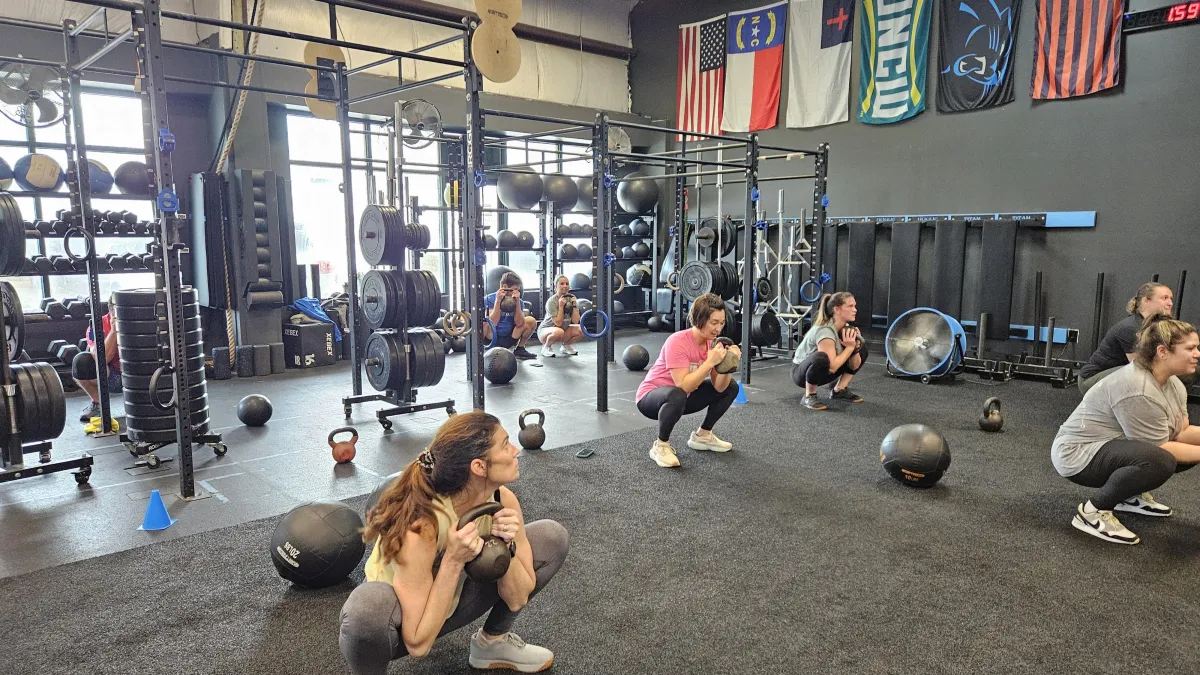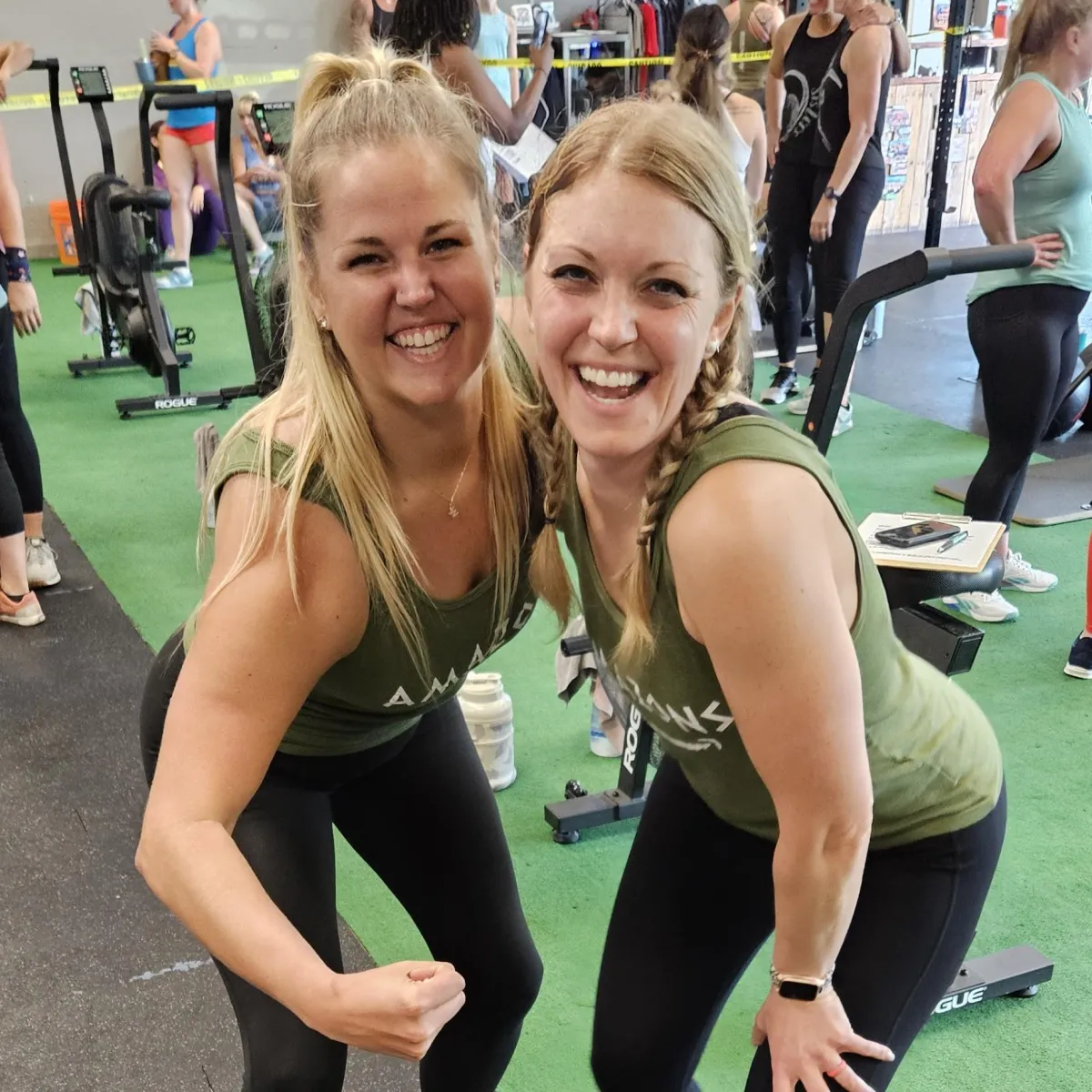WEIGHT LOSS & FITNESS BLOG

How To Live Longer
If you sit still all day at work........ you might be shortening your life. Sounds sensational doesn't it? But it's true. If you workout every day really hard for an hour, that's awesome, but you could go hard for less time and still live longer because of it. If you have a job where you walk at least 6 hours per day, you'll live longer. Sound confusing? I get it but let's break it down.
There is actually a ton of research on this. It's important to dive a little deeper into it and look at the methods for the studies. Did they simply ask someone to recall how much they exercised? Did they measure their activity levels? Did they lift weights or do cardio? These things matter.
Self-reported exercise is famously unreliable. Studies comparing questionnaires to accelerometers (something that measures physical activity and inactivity) find that self-report often underestimates sedentary time by around 1.7 hours per day on average (IJBNPA 2020). People tend to overestimate their active time or forget periods of inactivity, which introduces bias. Device data doesn’t rely on memory: it collects minute-by-minute counts, classifies intensity zones such as light, moderate, and vigorous activity, and standardizes measurements across participants (Ekelund et al., 2019). Findings based on accelerometers therefore give us a clearer picture of how movement relates to longevity.
In a recent meta-analysis “Dose-response associations between accelerometry measured physical activity and sedentary time and all cause mortality” pooled data from multiple prospective cohorts using accelerometers to measure both total movement and sedentary time (Ekelund et al., 2019). Over 44,000 participants, some followed for up to 14.5 years, were included. They computed how lazy people were or sedentary as well as how active they were including how hard they worked when they were active. They found a strong, non-linear dose-response: any movement versus none was associated with lower mortality risk, and greater movement yielded further reductions. The most active group had about 73% lower risk of death compared with the least active. Even light intensity activity showed benefits versus inactivity. The meta-analysis also examined sedentary time: more time spent not moving was associated with higher mortality, but the negative impact of sedentary behavior was weaker in those with higher active time. In other words, if you move enough, some of the risk from sitting is decreased (Ekelund et al., 2020).
More recent studies refine these thresholds. A Nature 2024 study of adults using accelerometers showed that each 600 moderate intensity exercise minutes per week increase in device-measured activity was linked to an 11% lower all-cause mortality risk (Loprinzi et al., 2024). A 2025 study in BMC Medicine among middle-aged and older adults showed that higher accelerometer-measured total physical activity, MVPA, and even light activity were associated with lower mortality across frailty strata, whereas more sedentary time increased mortality risk (Kandola et al., 2025).
These findings reinforce a few key points. All movement counts; it’s not just about gym time. Light activity such as walking or active chores still contributes meaningful risk reduction versus total sedentariness. Build volume across intensities to maximize longevity, but don’t neglect lower intensity movement, especially if you aren't already exercising or you aren't in great shape. If someone must sit a lot for work or travel, they need even more PA to protect longevity. One way to do this is to work harder for shorter bouts. The higher the intensity, the less is required. A great goal is 600 minutes a week of moderate intensity activity. And finally, use “movement snacks” to break up sedentary time with small bursts of activity. These micro-bouts can accumulate meaningful exposure, as shown in accelerometer studies.
Bottom line: the strongest device-based research we have shows that moving more, across intensities, and sitting less is consistently linked to living longer. Even small increases in movement pay off.
References
Ekelund U, et al. “Dose-response associations between accelerometry measured physical activity and sedentary time and all cause mortality: systematic review and harmonised meta-analysis.” BMJ 2019. Link
Ekelund U, et al. “Joint associations of accelerometer-measured physical activity and sedentary time with mortality.” BMJ 2020. Link
Loprinzi PD, et al. “Accelerometer-measured physical activity and mortality.” Nature Communications 2024. Link
Diaz KM, et al. “Device-measured sedentary time and intensity-specific physical activity in relation to mortality.” IJBNPA 2024. Link
Kandola A, et al. “Accelerometer-measured physical activity, frailty and mortality.” BMC Medicine 2025. Link


Are you Ready to become
sTRONG - FIT - cONFIDENT?
Click the Button To Start Your Journey Today!!

